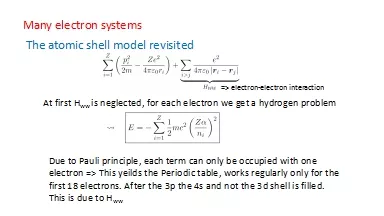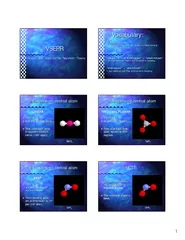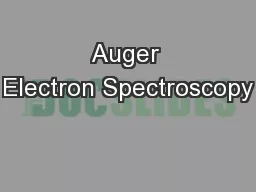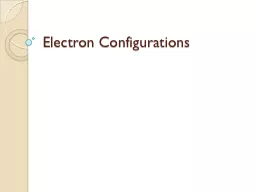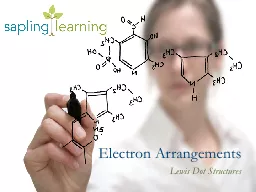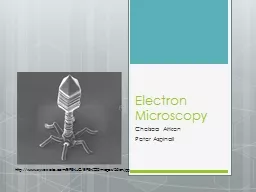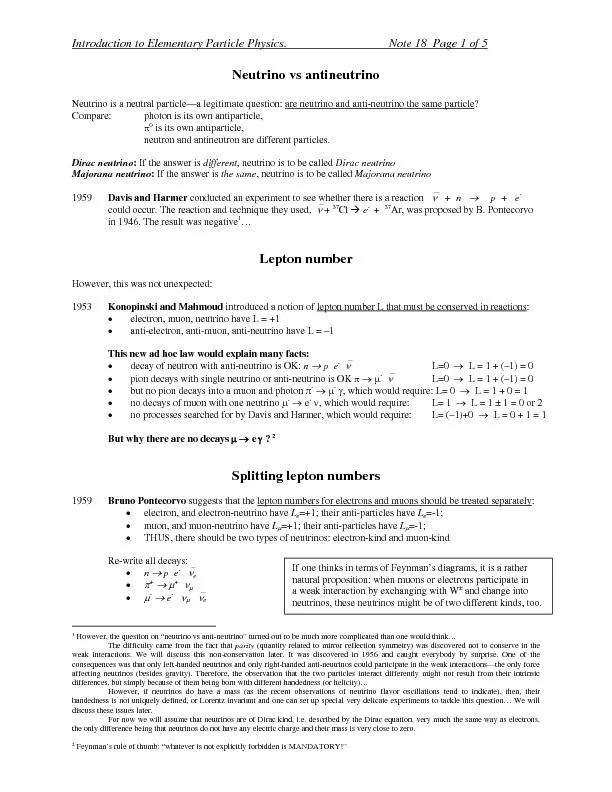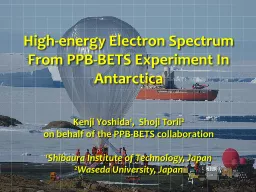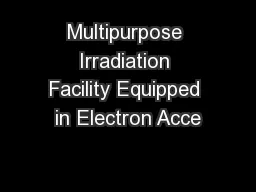PPT-Many electron systems
Author : myesha-ticknor | Published Date : 2017-03-18
The atomic shell model revisited At first H ww is neglected for each electron we get a hydrogen problem gt electronelectron interaction Due to Pauli principle
Presentation Embed Code
Download Presentation
Download Presentation The PPT/PDF document "Many electron systems" is the property of its rightful owner. Permission is granted to download and print the materials on this website for personal, non-commercial use only, and to display it on your personal computer provided you do not modify the materials and that you retain all copyright notices contained in the materials. By downloading content from our website, you accept the terms of this agreement.
Many electron systems: Transcript
Download Rules Of Document
"Many electron systems"The content belongs to its owner. You may download and print it for personal use, without modification, and keep all copyright notices. By downloading, you agree to these terms.
Related Documents

